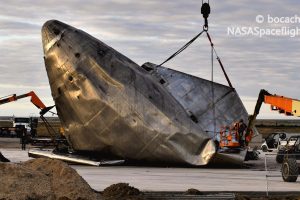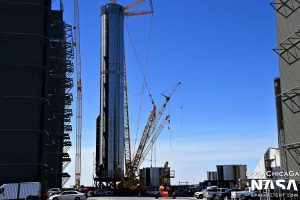Jared Isaacman, a billionaire who is a SpaceX and Inspiration4 client, has announced a significant and unexpected design update to the Crew Dragon spacecraft that will take him and three guests into orbit later this year.
SpaceX says it has crafted a stunning “glass dome” window add-on for Crew Dragon, identical to the beloved “Cupola” (Italian for dome) created by the European Space Agency (ESA) and mounted on the International Space Station (ISS) in 2010. SpaceX determined that it should completely eliminate the spacecraft’s docking adapter due to renewed commercial interest in free-flying Crew Dragon flights, in which the spacecraft will serve as its own miniature space station for several days.
In its place, SpaceX appears to have built a massive, monolithic, dome-like window that promises to provide a viewing experience unlike any other in spaceflight history.
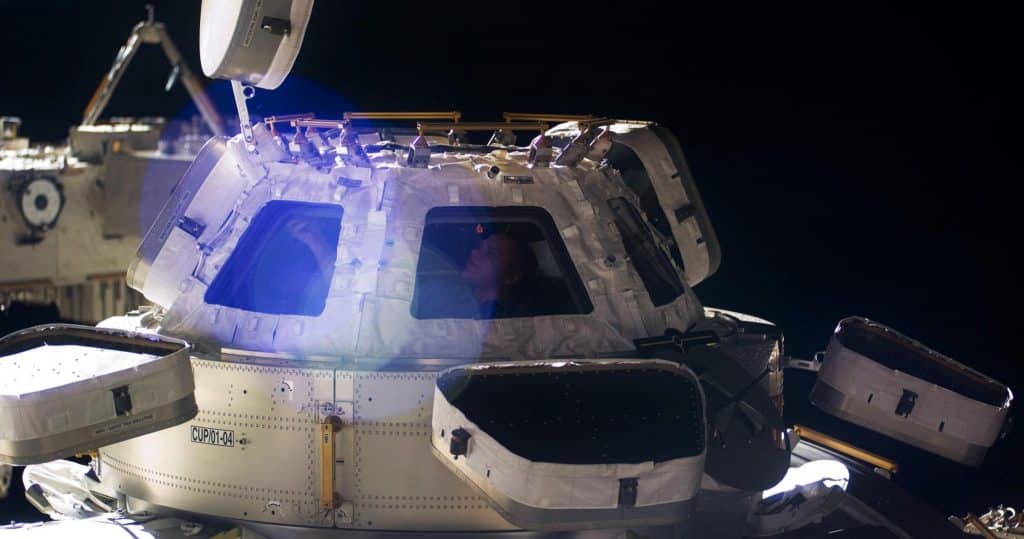
Although the ISS Cupola looks a lot like the glass dome on Crew Dragon, the two windows are just identical in that they’re both space-based viewing windows. Beyond that, the Dragon Dome is closer to realizing the platonic ideal that ESA engineers attempted to achieve with the Cupola. The Cupola’s central circular window has an uninterrupted diameter of 80 cm (2.6 ft), while the entire assembly has a total internal diameter of 2m (6.6 ft) and a depth (the ‘height’ of the conical windowed area) of about 50 cm, with an approximately 2:1 ratio of structure and structural support material to glass (1.6 ft).
If SpaceX is designing the dome specifically to fit with Crew Dragon’s current Foreign Docking Adapter (IDA) support system, it will have a diameter of 1.4m (4.5 ft) and a depth of 60 cm (2.5 ft; assuming a perfect hemisphere for full strength). The dome would also be monolithic, meaning that the glass window would be completely uninterrupted by structural supports if SpaceX’s official rendering is correct.
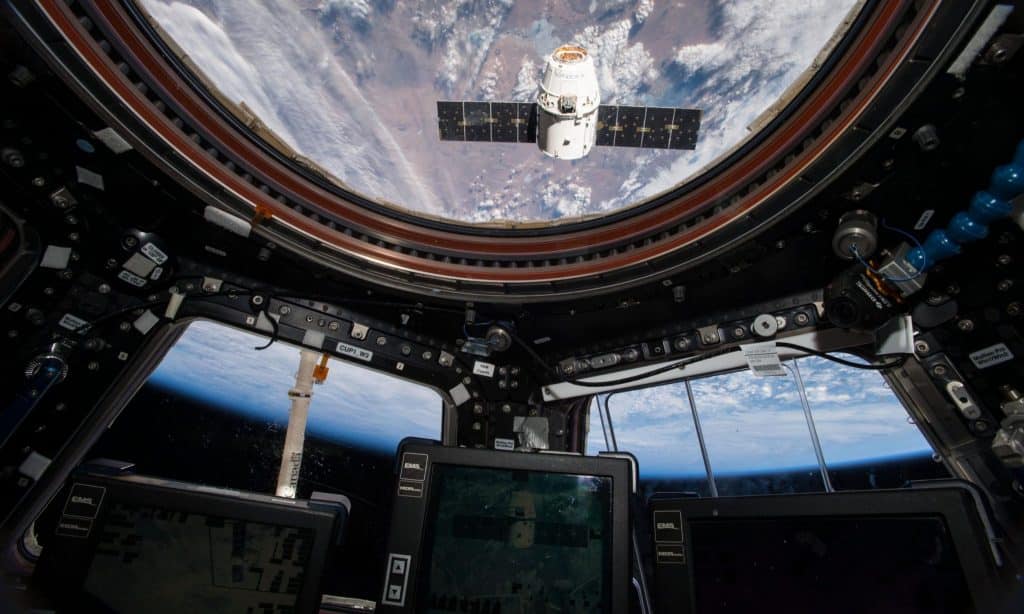
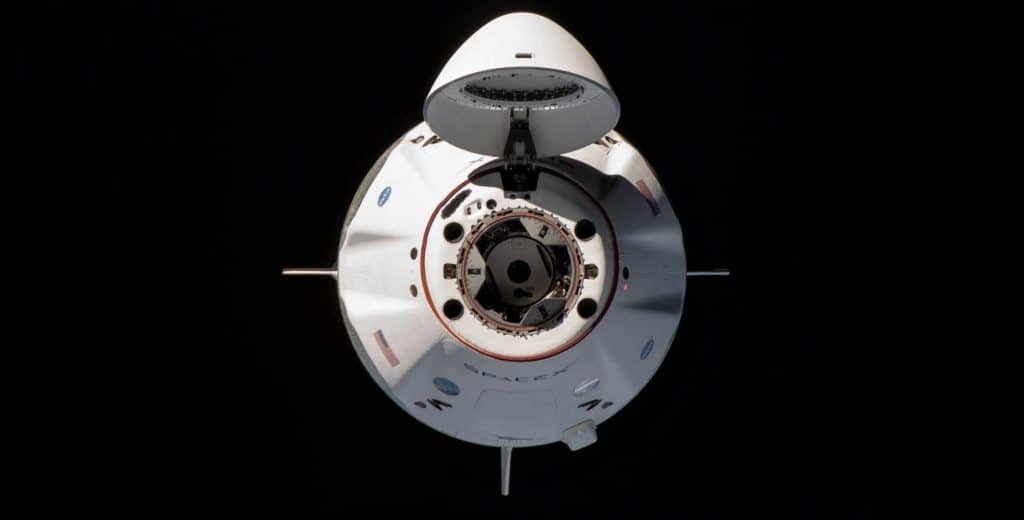
Crew Dragon’s glass dome will be securely enclosed within the spacecraft’s nosecone, similar to the Cupola, which has foldable ‘petals’ that act as shades and micrometeorite covers while the module isn’t in use. Given that massive, monolithic, bulletproof domes are a technology that doesn’t exist yet, it’s unclear what material the dome will be made of.
SpaceX director Benji Reed confirmed during a live event on March 30th celebrating the final crew selection that NASA was heavily involved in the creation of Dragon’s dome window. Most importantly, he suggested that flight-proven Crew Dragons would be able to switch between dome and docking hardware with enough ease that a Dragon flown with a dome on a SpaceX tourist mission could still be updated to support NASA astronaut launches, ensuring commonality within the Dragon “fleet” SpaceX is developing.
SpaceX has hinted that its Dragon Dome will make its debut on billionaire Jared Isaacman’s Inspiration4 flight, which is on track to become the world’s first entirely private astronaut launch, as early as September 2021.



